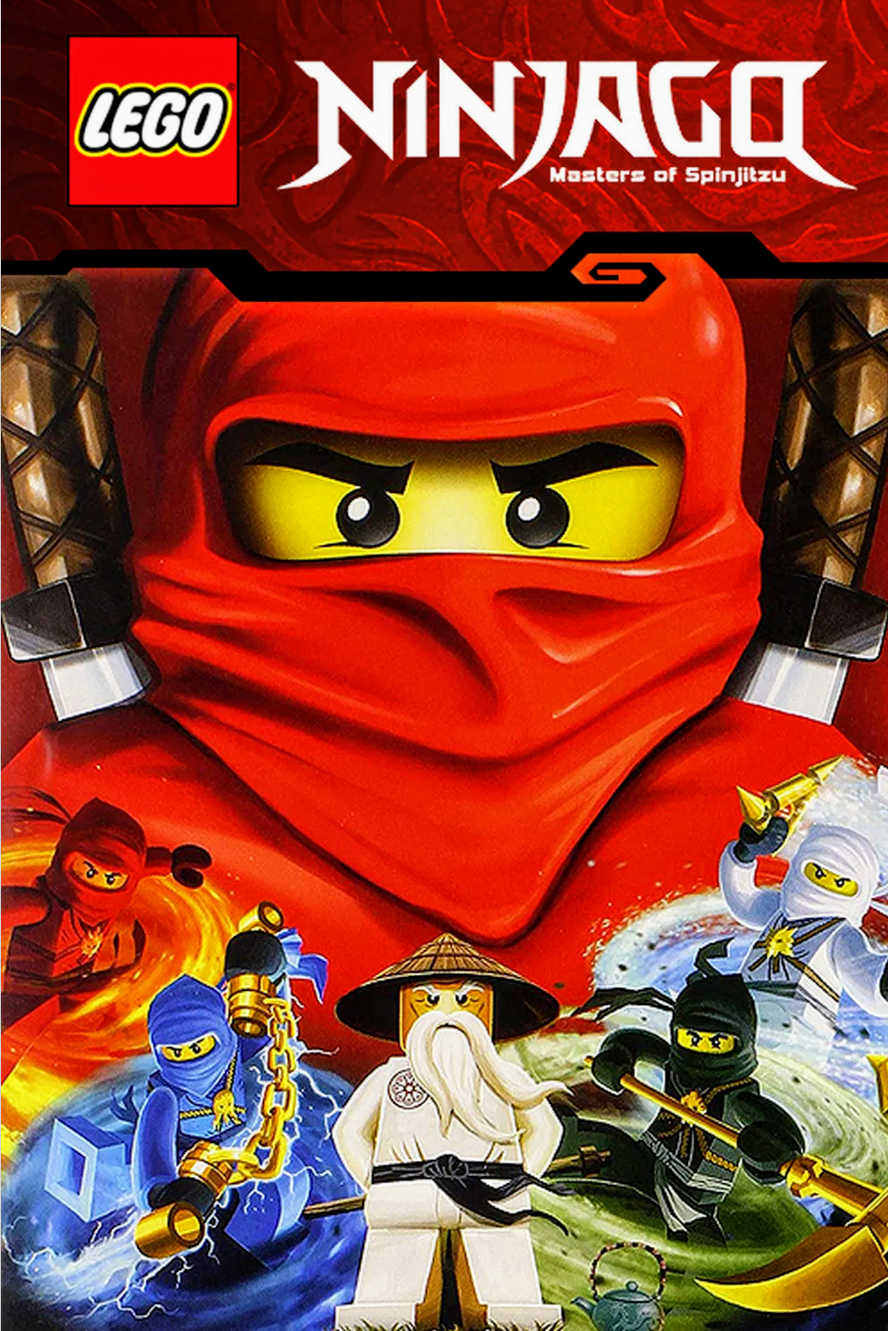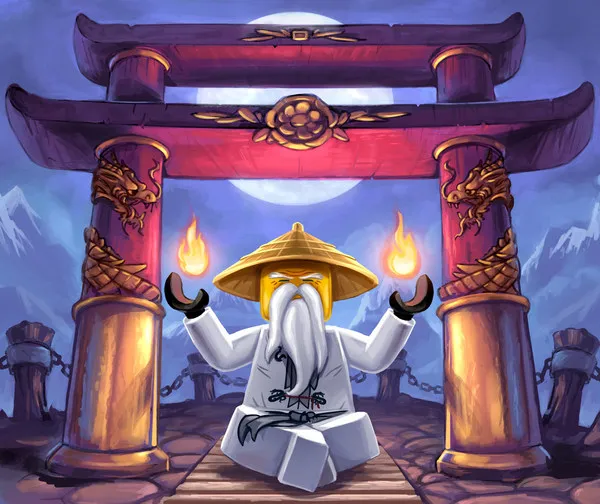To celebrate the 10th anniversary of the LEGO Ninjago series, 11 classic sets have been re-released.

The journey of the LEGO Ninjago series began in 2011, bringing a unique splash of color to the lives of children around the world. The product sets, along with the animated series *LEGO® Ninjago: Masters of Spinjitzu*, have accompanied many children through their formative years. Characters like Master Wu and the ninjas Kai, Cole, Zane, Jay, Lloyd, and Nya bravely fight against evil using Spinjitzu, teaching children valuable life lessons along the way.
At times when many children and young people feel uncertain or anxious about the future, Ninjago shows them how to master the skills of a ninja, how to become a "ninja" in real life, and helps them understand the importance of acceptance, friendship, and confidence—encouraging them to bravely be their authentic selves. Through uplifting stories and the fun, engaging experience of building and play, the LEGO Ninjago series has supported fans as they grow, guiding them in facing the many challenges along the path of life.
As Master Wu says in the series: “One day, we all grow up. When that time comes, never forget the lessons you learned in your childhood—for childhood offers the best training ground of all.”

Michael Svane Knap joined the LEGO Group in 2013 as a designer for the LEGO Ninjago series. He stated, “I’m incredibly happy to have witnessed the development of LEGO Ninjago over the past ten years and to see how much it has been loved by children. Many fans who grew up with Ninjago have shared how they learned lifelong skills from the ninja characters. To me, that’s one of the most meaningful aspects of the Ninjago series. Children are able to learn valuable qualities like friendship and confidence. And of course—our ninja are undeniably cool!”
In addition to the pilot episode, 13 seasons of the TV series, and several short films, the LEGO Ninjago franchise has expanded to include a wide variety of product sets and merchandise, multiple video games and mobile apps, a feature film, numerous magazines, coloring books, graphic novels, children’s books, as well as Ninjago-themed hotel rooms and attractions at LEGOLAND parks.
Tommy Andreasen, Senior Manager of Entertainment Development at the LEGO Group, who was part of the original Ninjago team, revealed: “We had initially planned to end the Ninjago series after releasing the second season of the TV show in 2012.” However, the product sets that launched in 2013 continued to enjoy strong popularity, and to this day, both the toy line and the animated series remain beloved by fans. “The fact that Ninjago has remained popular for a decade is a true testament to how much the fans love this franchise.”
To celebrate the 10th anniversary of the Ninjago series, the LEGO Group announced the release of 11 reissued classic sets in 2021. A major highlight is that six of these reissued sets will include a limited-edition golden Ninjago minifigure. The LEGO Group is also launching the LEGO Ninjago City Gardens set, a three-level build that features some of the most iconic moments from the Ninjago TV series. The set also includes a golden Master Wu minifigure. Starting January 14, fans in mainland China will be able to pre-order the Ninjago City Gardens set at LEGO Certified Stores and LEGO Brand Flagship Stores—members can register to get early access.

The newly released LEGO Ninjago Legacy sets will include limited-edition collectible golden Ninjago minifigures.
**The Origin of the LEGO® Ninjago Series:**
On a Friday evening in the fall of 2009, the completion of a single drawing marked the beginning of something significant. Tommy Andreasen sketched an image that included various elements of what would become Ninjago. The design team envisioned placing ninja characters on spinning platforms, creating a dynamic minifigure-based game.
In that original drawing, there was a water-element ninja—though this character wouldn’t be introduced into the series until 2015, when Nya became the Elemental Master of Water. The sketch also featured the word “Spinjago,” which was the first concept name for the series. It later evolved into “Spinjitzu,” a combination of “spin” and “ninjitzu” (ninja art).
The name “NINJAGO” itself is a blend of “NINJA” and “GO”—with “GO” not only evoking excitement and motion, but also referencing the ending of the LEGO Group’s name.
